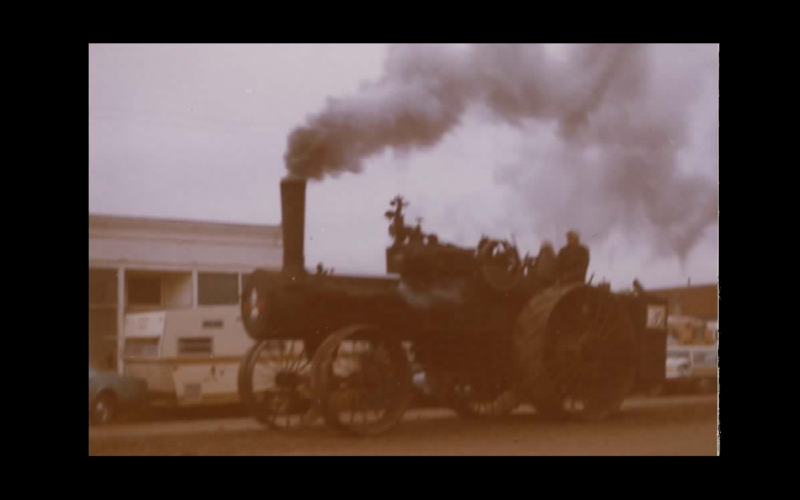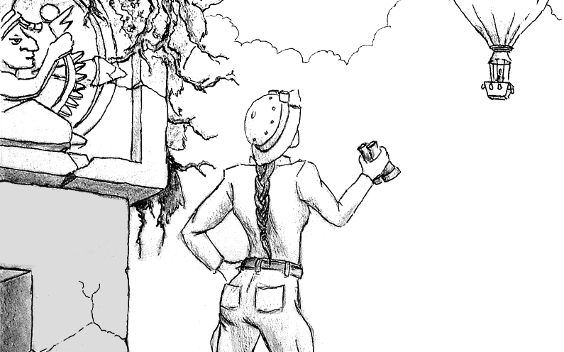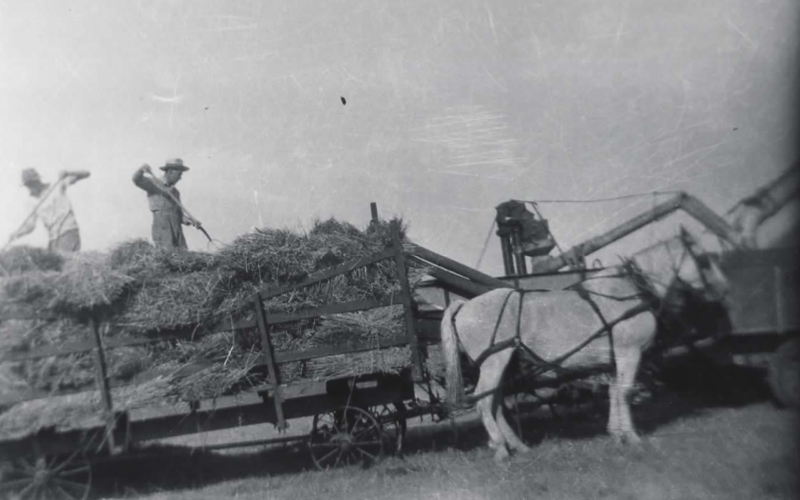
As an aficionado of steampunk, I tend to focus on fiction set in the Gilded Age of the late 19th Century. Yet I enjoy historical fiction from all eras. Halestorm (published 2012) is set in the 1700s and features Revolutionary-era American hero Nathan Hale. Despite the rather lame pun of the title, I was interested to see the author’s take on the man who had “but one life to give” for his country.
Do schoolchildren still learn about Nathan Hale? Perhaps he’s been dropped as part of the effort to “diversify” our nation’s history. For those of you that haven’t heard of him, he was born in Connecticut in 1755, the younger son of Deacon Richard Hale. Rather than following in his father’s footsteps, he became a schoolteacher. When the conflict with Britain began in 1775, he joined the Continental Army, taking the dangerous assignment of spying behind British lines. He was captured, convicted of espionage, and hanged in September of 1776. Before his execution, he uttered the famous words, “I regret that I have but one life to give for my country.”
Though Hale was indeed a larger-than-life character, I’m always a bit skeptical about historical novels of this sort. Can the story hold our interest as readers, given that we know the eventual ending? I was surprised to find that I was drawn into the story nonetheless. Akers paints Hale as a likable and heroic character. He is handsome, charming, intelligent, and principled. Of course, he has flaws including an impulsive nature and occasional displays of arrogance.
Though I know little of Hale’s biographical details, I get the impression that Akers did considerable research for this book. The colonists’ attitudes and way of life seem authentic. As is standard for historical fiction, Akers takes some liberties. One is to skew Hale’s political viewpoints toward modern libertarianism. Though the American rebels bridled at a relatively light burden of taxation, I doubt that many of them were opposed to taxes altogether, an opinion the fictional Hale sometimes expresses. I didn’t have a problem with that, considering Hale’s arguments sound well-reasoned nonetheless. In his military adventures, Hale encounters several other historical characters, including General Washington and the notorious Benedict Arnold.
Another elaboration on the historical record is in the area of romance. Hale’s mother dies when he and his brother were young. A few years later, their father marries a widow named Abigail with two teenage daughters of their own. Nathan’s older brother elopes with the older sister, causing a scandal in the community. When Nathan falls in love with the younger sister Alice, his father became angry and forbids their relationship, ostensibly to avoid further scandal. Akers adds this fictional complication: Alice is, unbeknownst to Nathan, the child of an extramarital affair between the Richard Hale and Abigail before the deaths of their respective spouses. Thus Nathan and Alice are half-siblings, yet their their parents are too ashamed to reveal their transgression.
It’s interesting to note that as a result of her research for this book, Akers decided that the notorious British double agent Benedict Arnold had been unfairly maligned by history. She wrote about him in another Revolutionary War novel, Abducting Arnold.
Though I’m not normally a fan of historical romance, I enjoyed Halestorm and developed an interest in the historical Nathan Hale. The romantic aspects of the book are well balanced with Hale’s political and military adventures. I give it a rating of 4 out of 5 gears.



































